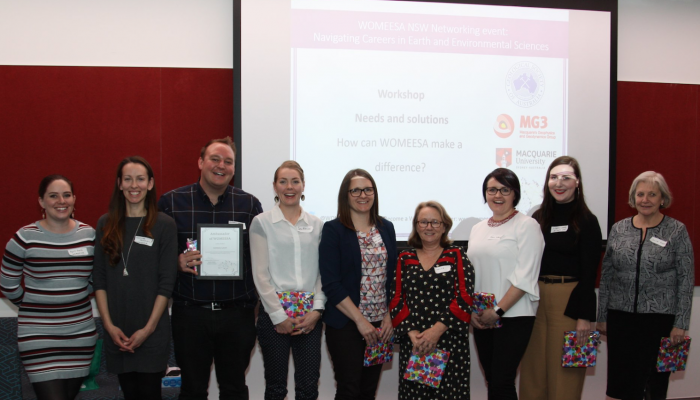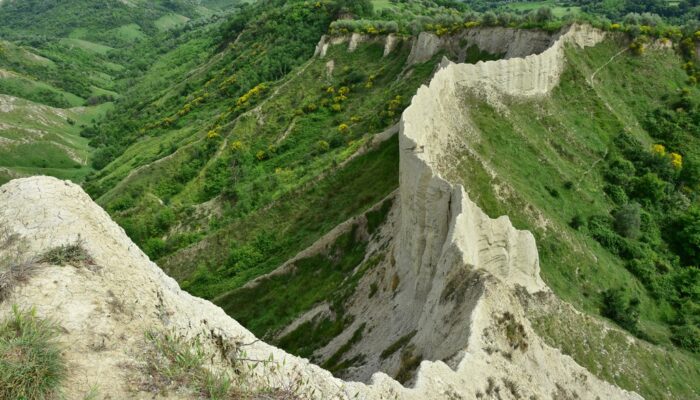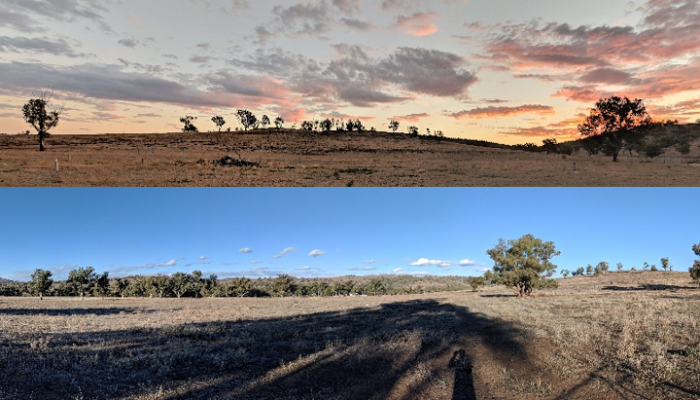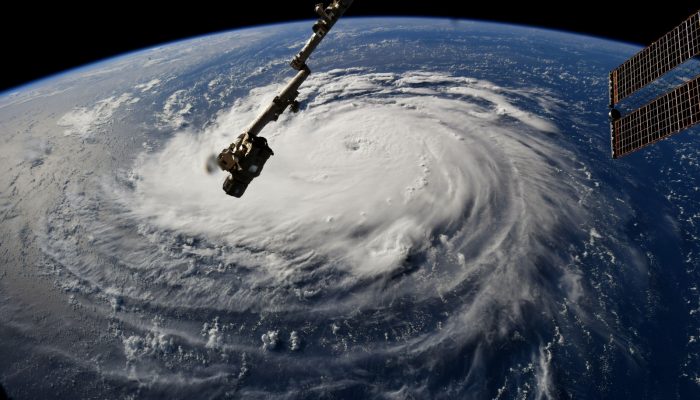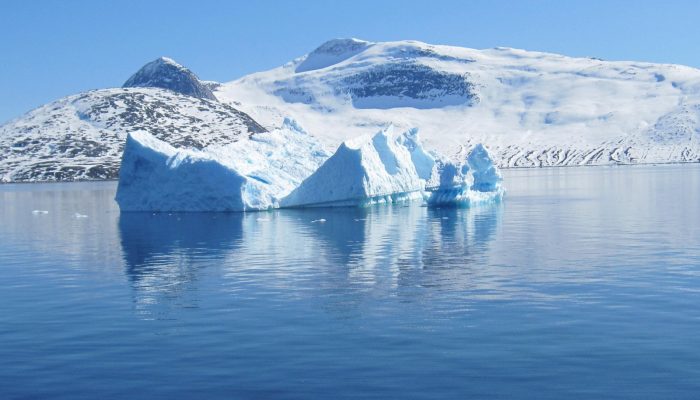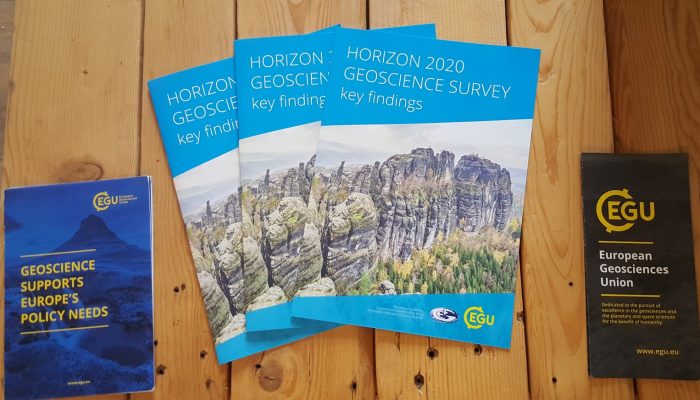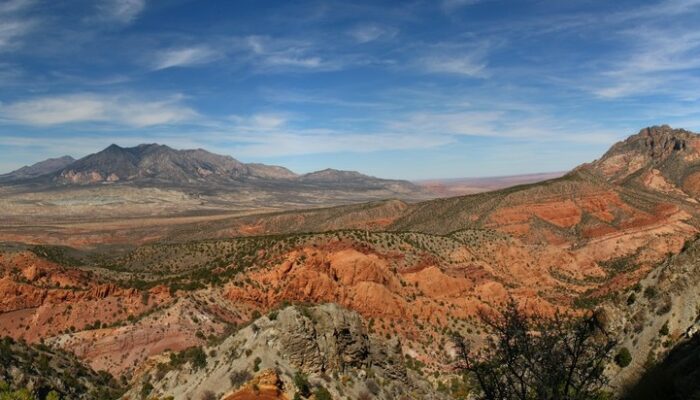On September 28, 2018, a powerful 7.5-magnitude earthquake and an unexpected tsunami shook the Indonesian island of Sulawesi, leaving behind catastrophic results and open questions among geoscientists. How come this event is having such an impact on the scientific community? What we know so far On Friday afternoon (at around 5pm Western Indonesian Time) the Minahassa Peninsula on Sulawesi i ...[Read More]
Seismology
WOMEESA (Women in Earth & Environmental Science Australasia)
The condition of women in the workplace has not always been easy. Even though the mentality of the people is changing towards inclusion and equality, it is a long way before things really change. We always observe unbalanced number of women versus number of men, unbalanced competition among colleagues for career promotion and responsibility and unequal wages between women and men in many places. M ...[Read More]
Natural Hazards
Earthquake-induced landslides and the ‘strange’ case of the Hokkaido earthquake
The population of many countries in the world is exposed to earthquakes, one of the most destructive natural hazards. Sometimes, consequent triggered phenomena can be even worse than the earthquake itself. In this context, earthquake-induced landslides often concur in life and economic losses. To better understand these induced phenomena, updated catalogues of their types and location of occurren ...[Read More]
GeoLog
Imaggeo on Mondays: How erosion creates natural clay walls
The badlands valley of Civita di Bagnoregio is a hidden natural gem in the province of Viterbo, Italy, just 100 kilometres from Rome. Pictured here is the ‘wall,’ one of the valley’s most peculiar features, where you can even find the wooden structural remains of a trail used for agricultural purposes in the 19th and 20th centuries. The photograph was taken by Chiara Arrighi, a post-doc research a ...[Read More]
WaterUnderground
Groundwater and drought
Post by Andy Baker, Professor researching groundwater, caves, past climate, organic carbon and more at the University of New South Wales, in Australia. __________________________________________________ Drought is in the news here in New South Wales, Australia. But how are rainfall, drought and groundwater related? First, we need to understand what drought is. Is it a water shortage? Or a lack of ...[Read More]
GeoLog
September GeoRoundUp: the best of the Earth sciences from around the web
Drawing inspiration from popular stories on our social media channels, major geoscience headlines, as well as unique and quirky research, this monthly column aims to bring you the latest Earth and planetary science news from around the web. Major stories This month has been a whirlwind of Earth and space science news; the majority focusing on natural hazards. Powerful cyclones, earthquakes, and ts ...[Read More]
Cryospheric Sciences
Image of the Week – Greenland’s fjords: critical zones for mixing
One of the most challenging research questions to address in the Arctic is how freshwater discharge from Greenland’s largest glaciers affects the biogeochemistry of the ocean. Just getting close to the calving fronts of these large marine-terminating glaciers is difficult. Fjords, hundreds of kilometers long and full of icebergs which shift with the wind and roll as they melt, make the commute a l ...[Read More]
Stratigraphy, Sedimentology and Palaeontology
Glacial grooves from the Laurentide Ice Sheet (Québec, Canada)
These impressive glacial grooves observed along the North Shore of the St. Lawrence Estuary (Québec, Canada) were carved into the crystalline bedrock by the Laurentide Ice Sheet. The grooves mark the basement of a complex sedimentary system known as the Tadoussac Delta, lying at the mouth of the Saguenay Fjord and intimately tied to the Late Pleistocene-Early Holocene deglaciation of the area. The ...[Read More]
GeoLog
GeoPolicy: Horizon Geoscience!
For the last few months the EGU has been working towards both hosting a dinner debate in Brussels, Belgium, and publishing the Horizon 2020 Geoscience Survey Report which was based on a survey conducted within the geoscience community earlier this year. Both of these endeavours were undertaken together with the European Federation of Geologists (EFG) and had similar aims: to enhance collaboration ...[Read More]
GeoLog
Imaggeo on Mondays: The Henry Mountains, living textbook of modern geomorphology
In 1877, the United States Geological Survey published a report “On the Geology of the Henry Mountains”, on the small range of peaks in southern Utah, pictured here. Up to that point, little scientific study had been made of the unassuming peaks, but the author of the report, one Grove Karl Gilbert, not only detailed the structure and mineralogy of the landscape, but in doing so also l ...[Read More]

